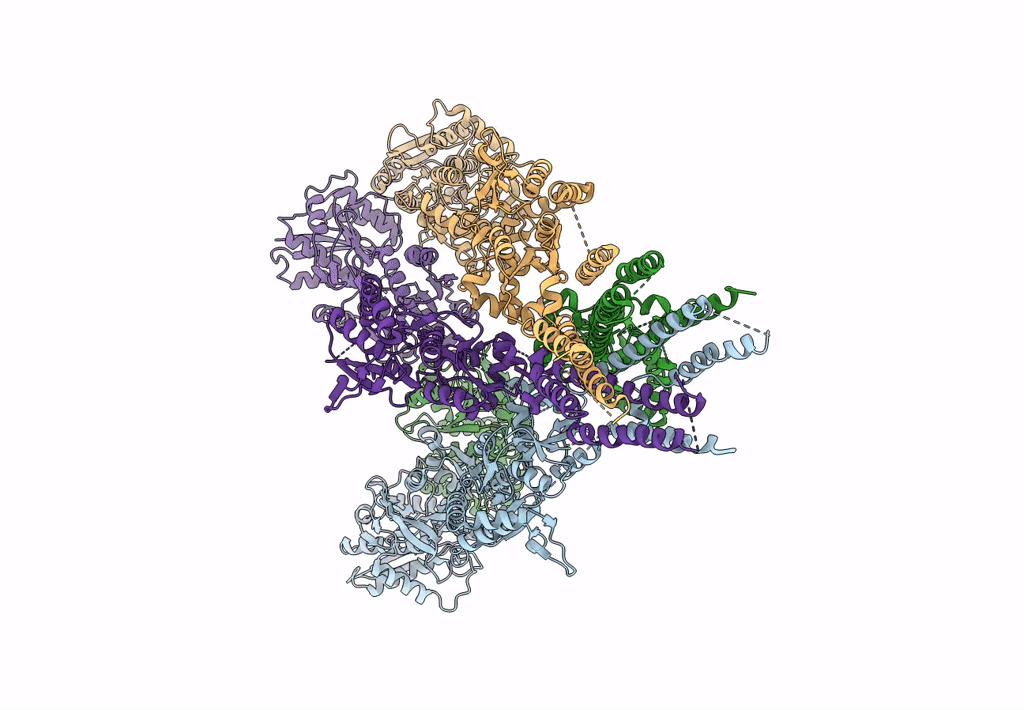
Deposition Date
2021-02-26
Release Date
2021-11-03
Last Version Date
2024-10-09
Method Details:
Experimental Method:
Resolution:
4.60 Å
Aggregation State:
PARTICLE
Reconstruction Method:
SINGLE PARTICLE


